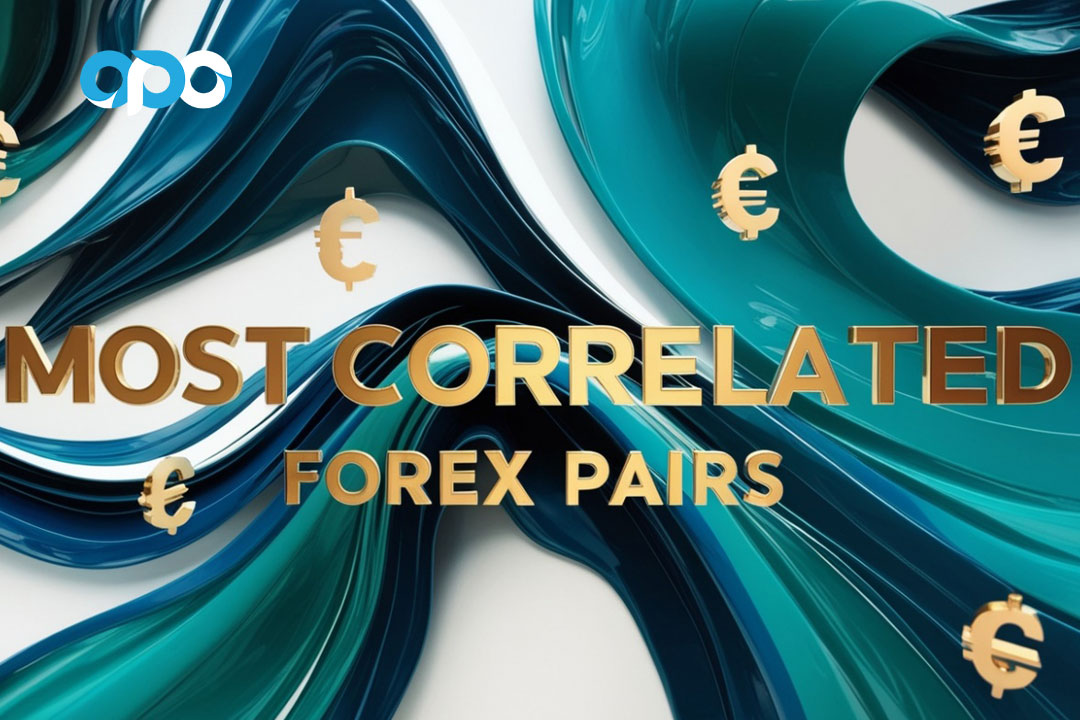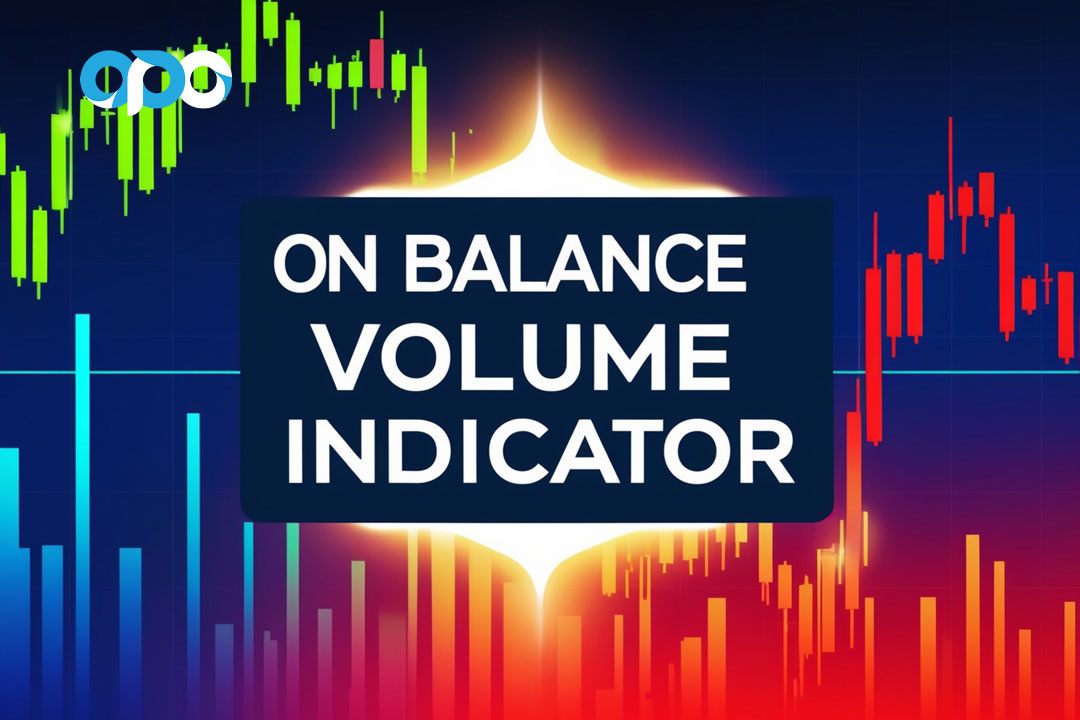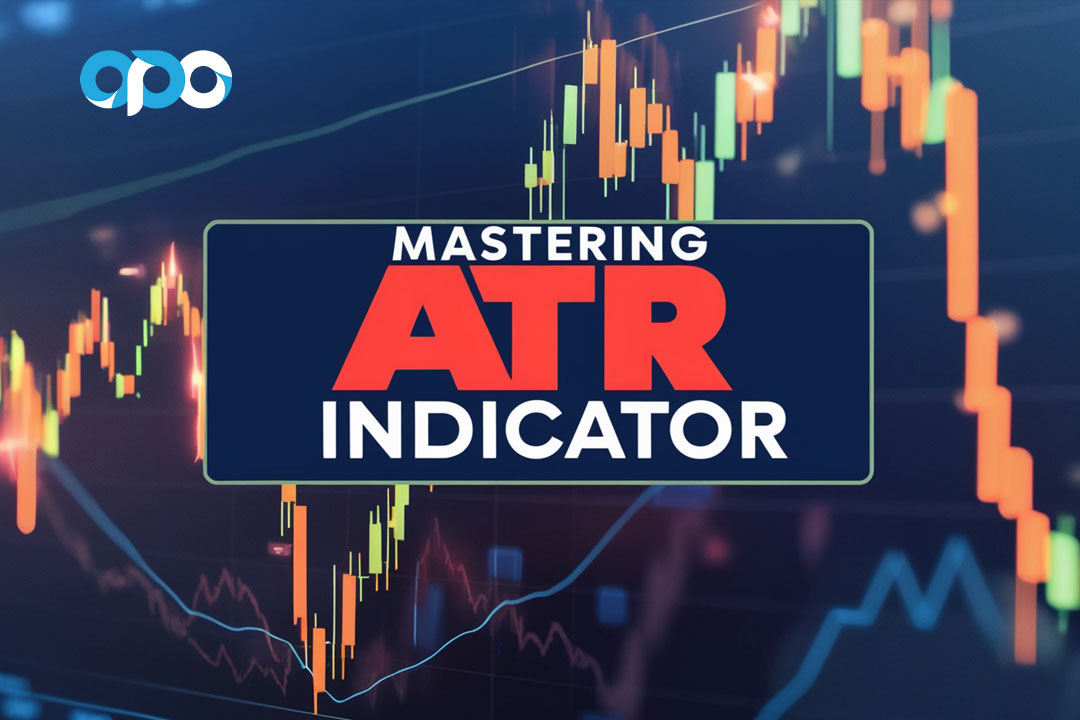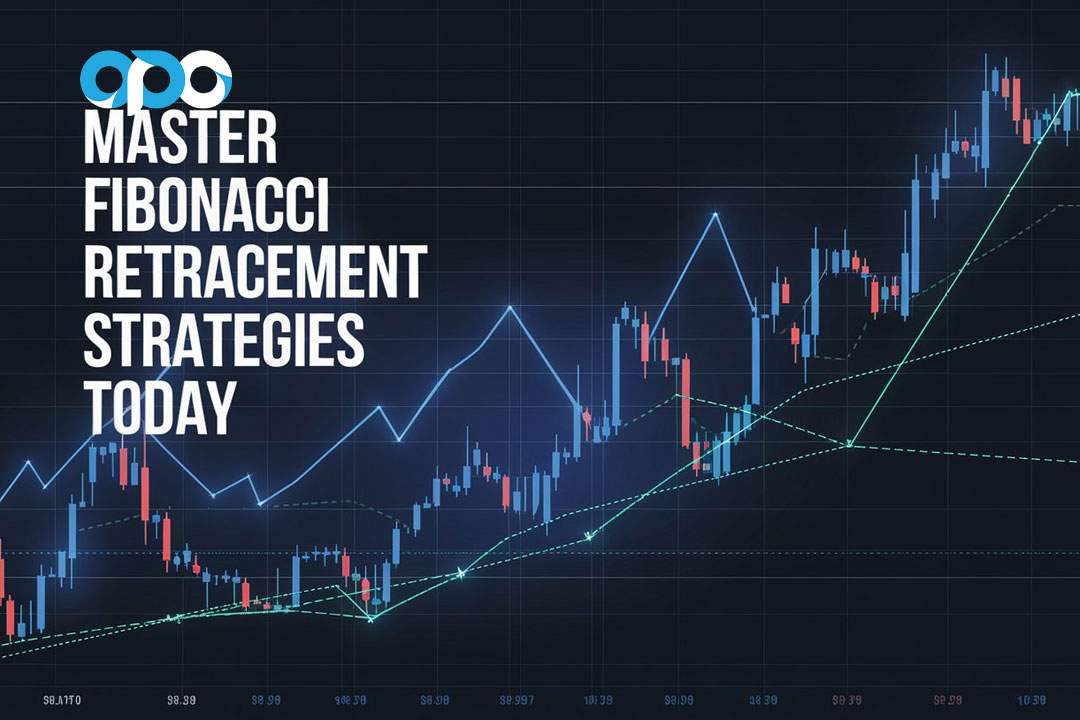In the dynamic world of forex trading, understanding the most correlated currency pairs is crucial for developing a robust trading strategy. The most correlated forex pairs are currency pairs that tend to move in tandem or in opposite directions due to various economic and market factors. These correlations can provide valuable insights for traders, helping them manage risk and identify potential trading opportunities. In this comprehensive guide, we’ll explore the seven most correlated forex pairs, their significance, and how you can leverage this knowledge to enhance your trading performance.
The most correlated forex pairs typically include:
- EUR/USD and GBP/USD
- AUD/USD and NZD/USD
- USD/CHF and EUR/USD
- USD/CAD and USD/JPY
- GBP/JPY and EUR/JPY
- AUD/USD and Gold
- EUR/USD and USD/JPY
By understanding these correlations, traders can make more informed decisions, diversify their portfolios, and potentially improve their overall trading results.
Understanding Forex Pair Correlations
Before diving into the specific pairs, it’s essential to grasp the concept of forex pair correlations. Correlation in forex trading refers to the statistical measure of the relationship between two currency pairs. This relationship can be positive, negative, or neutral.

Positive Correlation
Positively correlated pairs move in the same direction. For example, if EUR/USD rises, a positively correlated pair like GBP/USD is likely to rise as well. The strength of the correlation is measured on a scale from 0 to +1, with +1 indicating a perfect positive correlation.
Negative Correlation
Negatively correlated pairs move in opposite directions. For instance, as EUR/USD rises, USD/CHF tends to fall due to their inverse relationship. Negative correlations are measured on a scale from 0 to -1, with -1 indicating a perfect negative correlation.
Neutral Correlation
Some pairs have little to no correlation, meaning their movements are largely independent of each other. Correlations close to 0 indicate a weak or non-existent relationship between the pairs.
Understanding these correlations can help traders:
- Diversify their portfolios
- Manage risk more effectively
- Identify potential trading opportunities
- Avoid overexposure to a single economic factor
The 7 Most Correlated Forex Pairs
Let’s explore each of the seven most correlated forex pairs in detail:

1. EUR/USD and GBP/USD
Correlation: Strong positive
The Euro and British Pound often move in the same direction against the US Dollar due to the close economic ties between the Eurozone and the United Kingdom. Both currencies are affected by similar economic factors and tend to react similarly to global events.
Key points:
- Both are major currencies traded against the USD
- Affected by economic developments in Europe and the US
- Brexit has slightly weakened the correlation, but it remains strong
Trading implications:
- Traders can use this correlation to confirm trends in either pair
- Divergences between the pairs may signal potential trading opportunities
- Be cautious of overexposure when trading both pairs simultaneously
2. AUD/USD and NZD/USD
Correlation: Strong positive
The Australian Dollar and New Zealand Dollar, often called the “Aussie” and the “Kiwi” respectively, show a strong positive correlation due to:
- Geographic proximity
- Similar economic structures
- Reliance on commodity exports
- Shared trading partners, particularly China
Trading implications:
- Traders often use this correlation to confirm trends or identify potential divergences
- Can be used for pair trading strategies
- Offers opportunities for risk diversification within the same geographical region
3. USD/CHF and EUR/USD
Correlation: Strong negative
The Swiss Franc (CHF) is often considered a safe-haven currency, while the Euro is more sensitive to economic fluctuations. This pair’s negative correlation stems from:
- Switzerland’s close economic ties with the Eurozone
- The Swiss National Bank’s historical efforts to maintain a stable exchange rate with the Euro
- Differing reactions to global economic uncertainty
Trading implications:
- Understanding this relationship can help traders hedge their positions or identify potential reversals
- Can be used to diversify portfolio risk
- Offers opportunities for pair trading strategies
4. USD/CAD and USD/JPY
Correlation: Moderate positive
While not as strong as some other correlations, these pairs often move in the same direction due to:
- Both Canada and Japan’s significant trade relationships with the US
- Oil price fluctuations affecting both the Canadian Dollar and, indirectly, the Japanese Yen
- Similar reactions to changes in US monetary policy
Trading implications:
- Traders can use this correlation to confirm trends across multiple pairs
- Offers opportunities to diversify USD exposure
- Can provide insights into global economic trends and risk sentiment
5. GBP/JPY and EUR/JPY
Correlation: Strong positive
These cross-currency pairs (not involving the USD) show a strong positive correlation because:
- Both involve the Japanese Yen as the quote currency
- The UK and Eurozone economies are closely linked
- Similar reactions to global risk sentiment
Trading implications:
- This correlation can be particularly useful for carry trade strategies
- Helps in analyzing broader market trends
- Can be used to confirm signals in either pair
6. AUD/USD and Gold
Correlation: Moderate positive
While not a currency pair, the relationship between the Australian Dollar and gold prices is significant for forex traders:
- Australia is a major gold exporter
- Both are considered commodity currencies
- Similar reactions to global economic conditions and risk sentiment
Trading implications:
- This correlation can provide valuable insights for traders interested in both forex and commodity markets
- Can be used as a hedge against market volatility
- Offers opportunities for cross-market analysis and trading
7. EUR/USD and USD/JPY
Correlation: Moderate negative
These major currency pairs often display a negative correlation due to:
- The USD being on opposite sides of the pairs
- Differing roles in the global economy (EUR as a growth currency, JPY as a safe-haven)
- Divergent monetary policies between the European Central Bank and the Bank of Japan
Trading implications:
- Traders can use this correlation to diversify their portfolios
- Helps in confirming trends across multiple major pairs
- Can provide insights into global risk sentiment and economic conditions
Leveraging Correlation in Your Trading Strategy
Now that we’ve explored the most correlated forex pairs, let’s discuss how to incorporate this knowledge into your trading strategy:
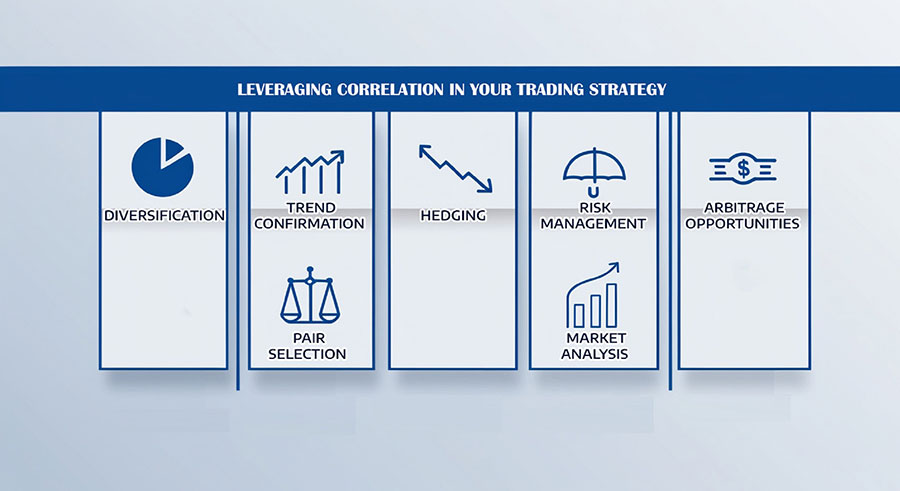
1. Diversification
Avoid trading multiple pairs with strong positive correlations to reduce overall portfolio risk. By spreading your trades across pairs with lower correlations, you can potentially minimize losses if one particular economic factor negatively impacts your positions.
2. Trend Confirmation
Use correlated pairs to confirm trends or identify potential reversals. If you see a trend developing in one pair, check its correlated counterpart to see if it’s showing a similar pattern. This can help increase your confidence in the trade.
3. Hedging
Open positions in negatively correlated pairs to offset potential losses. For example, if you have a long position in EUR/USD, you might consider a short position in USD/CHF to hedge against potential USD strength.
4. Arbitrage Opportunities
Look for temporary divergences in strongly correlated pairs for potential profit. When correlated pairs move out of sync, it may present an opportunity to trade the divergence with the expectation that the correlation will eventually reassert itself.
5. Risk Management
Adjust position sizes based on correlations to avoid overexposure to a single economic factor. Be cautious about having large positions in multiple positively correlated pairs, as this can amplify your risk.
6. Pair Selection
Choose pairs with lower correlations to diversify your trading portfolio. This can help you spread your risk across different economic factors and regions.
7. Market Analysis
Use correlations to gain a broader understanding of market dynamics and global economic trends. Correlations can provide insights into how different economies and currencies are interconnected.
Tools for Analyzing Forex Correlations
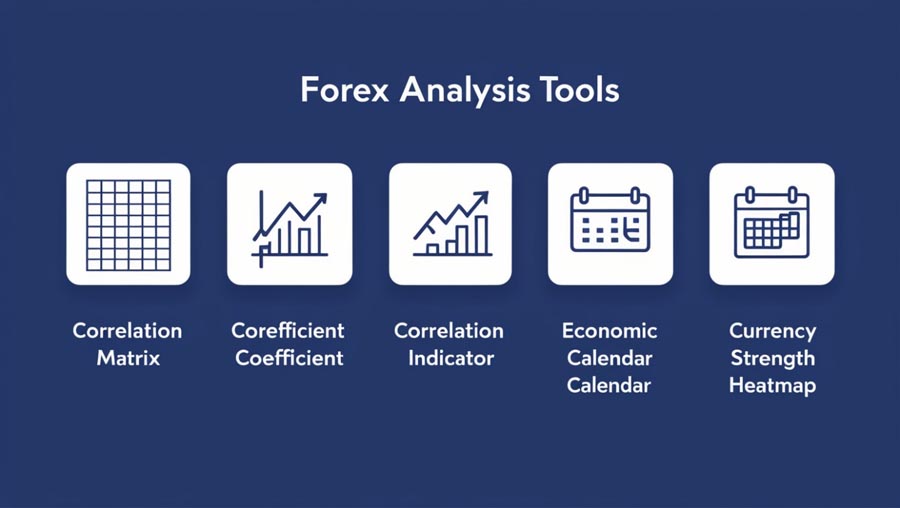
To effectively leverage forex pair correlations, consider using these tools:
1. Correlation Matrix
A correlation matrix provides a visual representation of correlations between multiple currency pairs. It typically uses color coding to show the strength and direction of correlations, making it easy to identify relationships at a glance.
2. Correlation Coefficient
This statistical measure ranges from -1 to +1, indicating the strength and direction of the correlation. A coefficient of +1 indicates a perfect positive correlation, -1 indicates a perfect negative correlation, and 0 indicates no correlation.
3. Correlation Indicator
Many trading platforms offer correlation indicators that can be added to your charts. These indicators visually represent the correlation between two pairs over time, allowing you to see how the relationship evolves.
4. Economic Calendars
Stay informed about events that may affect correlated pairs by using economic calendars. These tools help you track important economic releases and central bank decisions that could impact multiple correlated currencies.
5. Heatmaps
Currency strength heatmaps offer a quick visual overview of currency strength across multiple pairs. They can help you identify potential trends and correlations at a glance.
Best Practices for Trading Correlated Pairs
To make the most of your knowledge about correlated forex pairs, consider these best practices:

1. Regular Correlation Analysis
Perform regular correlation analysis to stay updated on changing relationships between currency pairs. Market conditions can evolve, and correlations may shift over time.
2. Combine with Other Analysis Tools
While correlations are valuable, they should be used in conjunction with other technical and fundamental analysis tools. This multi-faceted approach can help you make more informed trading decisions.
3. Be Aware of Correlation Breakdown
Keep in mind that correlations can break down during times of market stress or significant economic events. Always be prepared for unexpected market movements.
4. Monitor Economic Indicators
Pay close attention to economic indicators that affect multiple correlated pairs. This can help you anticipate potential market movements and adjust your strategy accordingly.
5. Use Proper Position Sizing
When trading correlated pairs, be mindful of your overall exposure. Adjust your position sizes to maintain appropriate risk levels across your portfolio.
6. Backtest Your Strategies
Before implementing a strategy based on correlations, backtest it using historical data. This can help you understand how the strategy might perform under various market conditions.
7. Stay Informed About Global Events
Global economic and political events can impact multiple currencies simultaneously. Stay informed about world events to better understand potential impacts on correlated pairs.
Conclusion
Understanding and leveraging the most correlated forex pairs can significantly enhance your trading strategy and potentially improve your overall performance in the forex market. By recognizing the relationships between EUR/USD and GBP/USD, AUD/USD and NZD/USD, USD/CHF and EUR/USD, USD/CAD and USD/JPY, GBP/JPY and EUR/JPY, AUD/USD and Gold, and EUR/USD and USD/JPY, traders can make more informed decisions, manage risk more effectively, and identify new trading opportunities.
Remember that while correlations provide valuable insights, they should be used in conjunction with other analysis tools and risk management strategies. Stay informed about global economic events, regularly update your correlation data, and adapt your strategy as market conditions evolve.
By incorporating correlation analysis into your trading approach, you’ll be better equipped to navigate the complex world of forex trading and potentially achieve more consistent results. Start exploring these correlations today and take your trading to the next level!
As you continue to develop your forex trading strategy, keep in mind that success in the forex market requires continuous learning, adaptation, and disciplined risk management. The insights gained from understanding correlated pairs are just one piece of the puzzle. Combine this knowledge with solid technical and fundamental analysis, stay informed about global economic trends, and always prioritize risk management to build a comprehensive and effective trading approach.
How often do forex pair correlations change?
Forex pair correlations can change over time due to various factors such as economic shifts, political events, and changes in monetary policy. While some correlations remain relatively stable, it’s essential to regularly review and update your correlation data, ideally on a weekly or monthly basis. Short-term correlations may fluctuate more frequently, while long-term correlations tend to be more stable.
Can I rely solely on forex pair correlations for my trading decisions?
While forex pair correlations provide valuable insights, they should not be the sole basis for your trading decisions. Correlations are historical measurements and may not always hold true in future market conditions. It’s crucial to combine correlation analysis with other technical and fundamental analysis tools, as well as proper risk management techniques, to make well-informed trading decisions.
Are there any risks associated with trading correlated forex pairs?
trading correlated forex pairs can present certain risks, including:
Overexposure: Trading multiple positively correlated pairs can amplify losses if the market moves against your positions.
False signals: Temporary divergences in correlated pairs may lead to false trading signals.
Changing correlations: Relying too heavily on historical correlations that may shift over time can lead to unexpected outcomes.
To mitigate these risks, always use proper risk management techniques, diversify your portfolio, and stay informed about economic factors affecting the currencies you trade.
